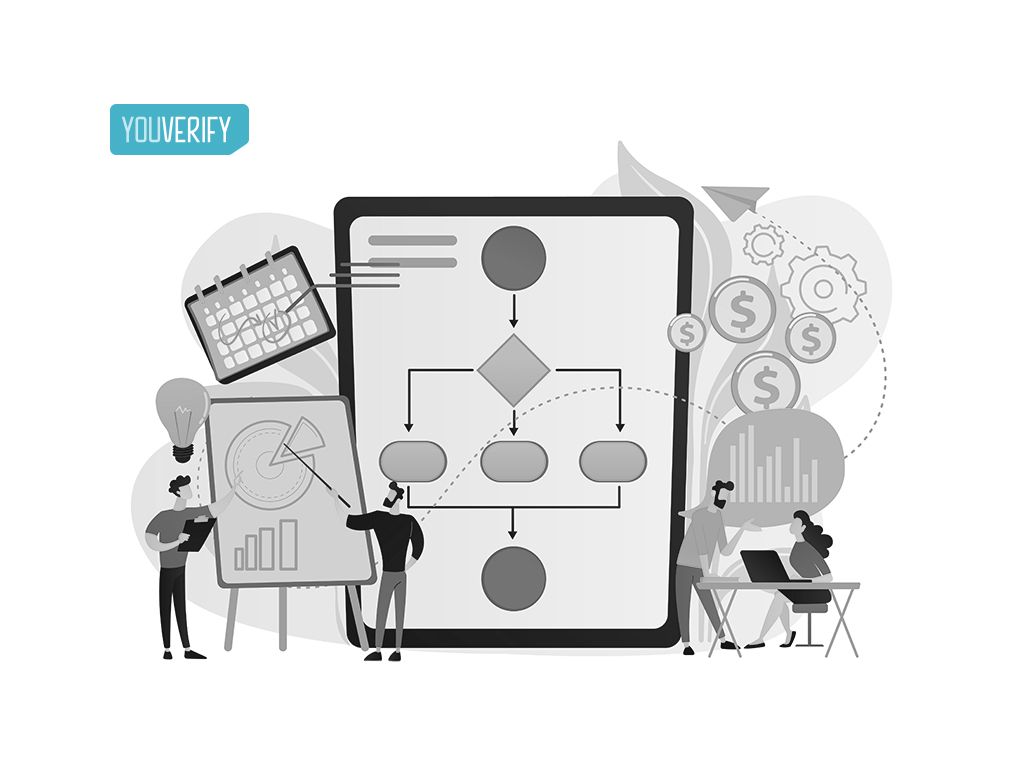Money laundering is one of the most prevalent criminal activities today as criminals have come up with creative tricks to run money through the legal system. To combat these activities, processes like KYC and customer due diligence have been put in place as part of a wider Anti Money Laundering (AML)/ Counter Financing of Terrorism (CFT) strategy. However, one of the most effective processes that have proven to be successful in curtailing money laundering activities is AML transaction monitoring.
This has made transaction monitoring one of the leading processes that financial institutions use to fight financial crimes. It also helps them comply with AML/ CFT regulations. In this article we discussed the AML transaction monitoring process in depth, explaining its importance, how it works, and the must-have features for a robust, effective, and efficient system.
What is AML Transaction Monitoring?
Anti-money laundering (AML) transaction process is a real-time monitoring system that is designed to help financial institutions detect money laundering activities as they occur. It also helps in flagging suspicious transactions for further investigations and gathering data evidence to trace and prosecute money launderers.
Transaction monitoring is carried out through the use of technology. These are called AML software and they allow financial institutions to monitor transactions over certain preset parameters and raise flags when certain conditions are met. Although not currently a global requirement by the Financial Action Task Force (FATA), most institutions have embraced transaction monitoring to remain on the good side of compliance.
This makes transaction monitoring a very important part of AML processes as institutions are required to carry out certain checks on transactions that surpass an amount threshold. Also, transactions involving potentially exposed persons (PEPs), customers listed on sanctions lists, customers from high-risk countries, suspicious international crime and terrorism accounts and more needs to be subjected to transaction monitoring.
What makes a Good Transaction Monitoring System?
There are several features you need to consider when choosing a good transaction monitoring system. These key features drive functionality and make an efficient AML transaction monitoring system.

They include:
1. Transaction Data Capturing:
An AML transaction monitoring system needs to be able to capture and log the right data for AML reporting. It should be able to do this at scale while satisfying global and jurisdictional data protection requirements.
2. Real-Time Monitoring and Flagging:
Perhaps the most important feature of an AML transaction monitoring software. It should be able to detect suspicious transactions in real time and flag them on the go instead of months after the deed has been completed.
3. Flexibility:
Transaction monitoring for AML differs from one institution to another. Therefore, it is important that the system allows room for flexibility in how the checks are implemented. For example, transaction monitoring in banks might care about cross-border inter-customer transfer more than a local institution that mostly deals with local transfers. Ultimately, it should be fully customizable to accommodate custom risk rules.
4. Velocity Check:
Velocity checks simply refer to the process of analysing your data to see how frequently certain data points recur. Essentially, AML transaction monitoring software should be able to quantify user actions in frequency, time and recurrence to establish patterns. This helps identify suspicious activities from conventional ones.
Recommended - Know Your Business (KYB) - Understanding the Fundamentals for Organisations Today
Why is AML Transaction Monitoring Important?
AML transaction monitoring is important because it helps financial institutions detect money laundering activities in real-time. Numerous transactions take place globally on a daily basis and manually detecting which are financial crimes can be difficult and expensive. With Artificial Intelligence, the transaction monitoring process can be set up using software that alerts the institution when a transaction satisfied certain preset criteria.
For example, a company could set a rule of how much money a customer can transfer depending on their risk rating or notification if a customer transfers above a certain threshold. If the customer tries to transfer above that, the system automatically halts the process and raises a ticket to the compliance department to investigate and decide whether to allow it through or not.
Recommended - What is Transaction Screening? Understanding Transaction Screening & How it Works
AML Transaction Monitoring in Today’s Industry
Transaction monitoring is a very important aspect of anti-money laundering today as institutions are mandated to comply with local and global AML laws. Transaction monitoring systems help them satisfy this requirement and play their respective roles in the fight against money laundering.
Institutions that notice suspicious activities are required to write to the relevant regulators within their jurisdiction. These bodies then proceed to take relevant actions based on the results of their investigations. During the investigation, the institution would be required to provide relevant data across different times. This is why data remains at the core of transaction monitoring systems today.
See how 100+ leading companies use YV OS for KYC and AML screening of customers for compliance and real-time risk detection. Request a demo today.